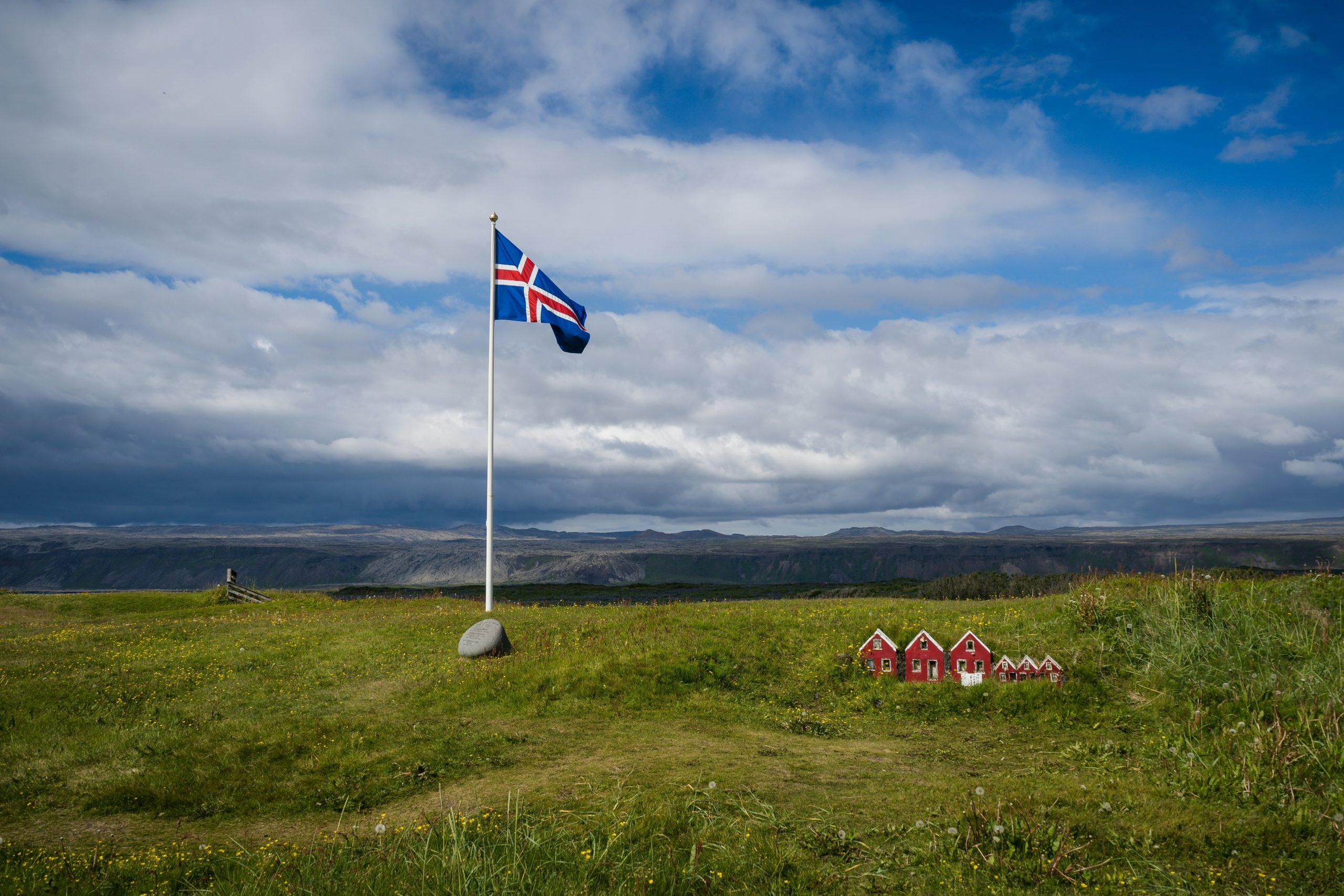Reading Lists
We Need to Stop Leaving Women Out of Discussions of Latin American Literature
Here are 8 Latina writers who deserve to be mentioned alongside Gabriel García Márquez and other male literary heroes

Years ago, not long after Gabriel García Márquez passed away in 2014, I attended a conference held in honor of his work. It was a two-day event that brought together writers, scholars, critics, and industry professionals to celebrate his life and legacy, and as a writer whose life was transformed by reading One Hundred Years of Solitude and Love in the Time of Cholera, I was ecstatic to be in attendance.
A couple of hours in, though, I started to notice a pattern. It’s impossible to discuss someone who’s had such an immense influence in Latin American and world literature without it also becoming a reflection on the literary canon as a whole. Conversation turned to Gabo’s peers, his contemporaries, the writers who influenced him and those he influenced in turn. It retraced the Latin American “Boom” of the ’60s and ’70s, the stunning rise of magical realism, and the ways that future generations of writers wrote in reaction to it. Panelists spoke at lengths about the links between Latin American politics and Latin American works of literature. And yet, all the names of authors mentioned, even anecdotally, were of men.
Panelists spoke at lengths about the links between Latin American politics and Latin American works of literature. And yet, all the names of authors mentioned, even anecdotally, were of men.
Eventually I began keeping count. Every time a speaker mentioned a writer’s name, I took note. Men in one column, women in the other. By the end of the second day, I had four mentions of women and 44 of men (the marks pictured here continue on other pages). In this two-day discussion about Latin American literature, not a single one of those four women was Latina — not one. We were non-existent; our male counterparts were being celebrated while we’d been left forgotten, silenced, and ignored.
I’d never felt more invisible. I’ve been haunted by this for years, and even more so recently, as sexual abuse allegations against Junot Diaz have begun to surface. Here is machismo at its most dangerous. Here’s how an entire industry enables and perpetuates the abuse of power. The systems that fail to even see Latin American women writers at a two-day conference are the same systems that fail, time and again, to protect us. When an entire literary canon revolves around the praising of men’s voices, it drowns out women’s voices. It erases our stories and experiences. It leaves us vulnerable to abuses that no one in power will care to listen to.
When an entire literary canon revolves around the praising of men’s voices, it drowns out women’s voices.
I don’t know all the answers, but I do know that there are countless Latin American women writers whose voices and contributions to literature deserved to be upheld during that conference. This list is inspired by notes I took — each a reaction to a specific point mentioned by a panelist — and so it is by no means extensive. For one, it focuses mainly on women authors born and/or writing in Latin America, rather than those of us writing in the US, because it’s in response to a conversation focused largely on the Latin American “Boom” originating with male writers from Colombia, Peru, Argentina, and Mexico.
But the machismo that took root in our native countries continues to plague us across borders. This list is simply a start, a small step, toward the work required to correct it.
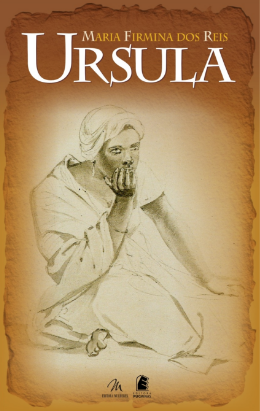
Maria Firmina dos Reis, Úrsula (1859)
Historical trauma, the trauma of colonialism, and crises of humanity are often discussed extensively within the context of Latin American literature. Maria Firmina dos Reis was an Afro-Brazilian abolitionist who wrote Úrsula, the first novel depicting the violence of slavery in Colonial Brazil — and she did so from the point of view of women. In dos Reis’s novel, Úrsula, her mother, and other female slaves tell of their lives and memories in their homelands and later, the violence they’re subjected to as they’re brought to Brazil. Together, their voices are a powerful counter-narrative and an example of the resistance to the erasure of memory so emblematic in Gabo’s work.

María Luisa Bombal, House of Mist (1935) and The Shrouded Woman (1939)
Chilean author Maria Luísa Bombal is the pioneer of Latin American magical realism that you probably haven’t heard of. Her novellas blend the real with the surreal as her female narrators struggle within the confines of unhappy marriages and a male-dominated hierarchal society. As in these and other stories, the fantastical becomes an escape and a sanctuary, blurring the lines between memory, desire, and actuality. Bombal’s work predates Márquez’s work, and she was contemporaries with fellow Chilean writer Pablo Neruda, (at one point, even living with him and his wife) but her work is rarely mentioned as a precursor to what many call the “quintessential” example of magical realism, One Hundred Years of Solitude.


Marta Rojas, The Trial of Moncada (1966)
In 1953 Cuba, then-law student Fidel Castro launched an attack on Fulgencio Batista’s military barracks. Rojas, a recent journalism graduate, chronicled the bloodshed and published it despite government censorship. She later attended Castro’s trial in the aftermath of the attack, and turned its recounting into a novelized story, The Trial of Moncada. Rojas had a long, renowned journalism career, covering Cuban national and world affairs and the Vietnam war. Today she writes fiction that continues to be grounded in journalism as it sheds light on the racial and social divides in Cuba, all within the context of its colonial past. Márquez, who for decades was criticized for his friendship and support of Castro, also began his career as a journalist, and often credited his journalistic background as the trick that made the magic in his work seem real.
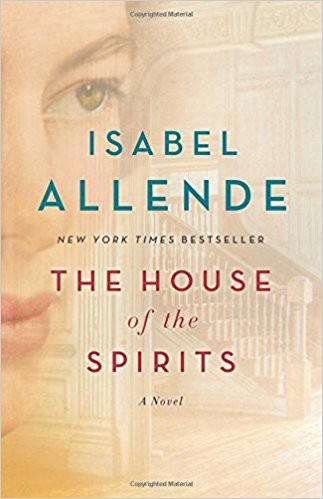
Isabel Allende, The House of the Spirits (1982)
To be fair, Allende’s work is often spoken about in the same breath as Marquez’s, a comparison she herself has dismissed. Yet the Chilean author of 23 books that have been translated in 25 language and sold nearly 70 million copies was deeply impacted by Gabo’s work. “In his pages, we saw ourselves in a mirror,” she has said. “It was as if someone was telling me my own story.” Allende’s debut novel, The House of the Spirits, was adapted into a movie starring Meryl Streep and Winona Ryder and is often taught in schools as the eminent example of magical realism. Ilan Stavans, a professor of Latin American and Latino culture at Amherst College in Massachusetts and publisher of Restless Books, once wrote that The House of the Spirits “symbolized the end of the old-boys club in Latin American letters.” I hope that will be true one day.
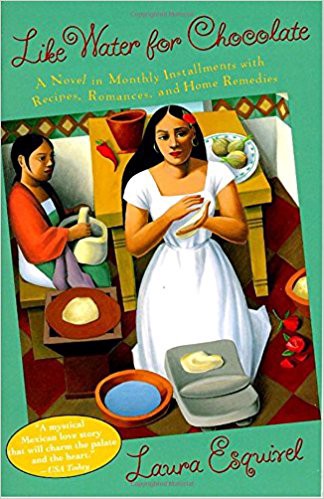
Laura Esquivel, Like Water for Chocolate (1989)
Laura Esquivel’s debut novel, Like Water for Chocolate, was a phenomenal success in her home country of Mexico, where it went into multiple printings in its first year, then was soon translated in more than 20 languages. Set during the Mexican Revolution, the novel employs magical realism and Mexican recipes to tell the story of Tita, who infuses her emotions into the food that she cooks, sometimes with alarming consequences. Her tears in a cake batter make everyone who eats it violently ill, her erotic fantasies infuse another with sheer lust. It is hard to imagine any greater conversation about magical realism taking place without mention of Esquivel’s work.
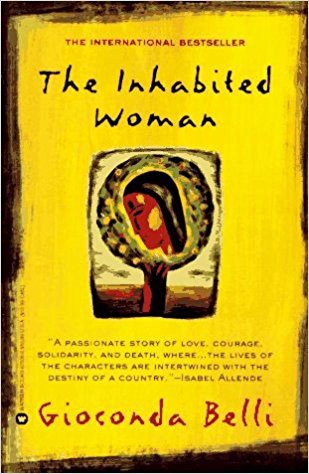
Gioconda Belli, The Inhabited Woman (2004)
Revolutionary Nicaraguan author Gioconda Belli came from privileged upbringings and joined the Sandinista National Liberation Front (FSLN) in 1970 to resist against the Somoza dictatorship. She eventually went into exile and wrote a semi-autobiographical novel that tells of a sheltered, self-involved woman whose spirit is overtaken by that of an indigenous woman, and who is galvanized to join the revolutionary movement against her country’s dictator. Belli’s work is known for fusing political activism, feminism, eroticism, and nature through magical realism.
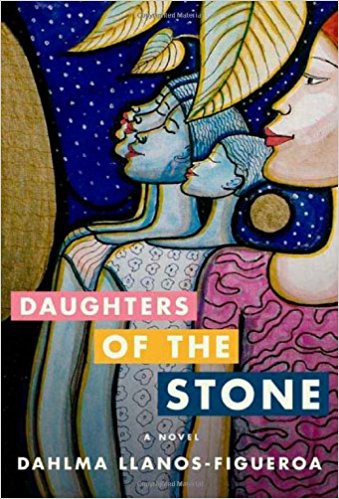
Dahlma Llanos-Figueroa, Daughters of the Stone (2009)
Llanos-Figueroa’s debut novel traces the lives of five generations of Afro-Puerto Rican women, beginning with Fela, who poured the essence of her unborn child into a stone before she and her husband were both separated and sold into slavery. The eventual conception and birth of her child is the beginning of a long line of daughters whose stories are part of the African diaspora, connected by a legacy of magic, trauma, storytelling, and memory. Spanning the 1800s to present day New York, Daughters of the Stone is a novel about mothers and daughters who navigate cultures and spaces, pain and love.

Claudia Salazar Jiménez, Blood of the Dawn (2016)
It’s a common misconception that Latin American fiction must automatically be equated with magical realism. In fact, many authors in the generations to come would purposely reject the fantastical in order to portray the violence of the past and present with unapologetic realism. In Blood of the Dawn, Peruvian author Claudia Salazar Jiménez writes the violent history brought on by the Shining Path in the 80s and 90s through the voices of those who lived it, but whose stories too often went unheard: that of the women. Jimenez’s language is brutal, courageous, and unflinching, revealing the ways that women experience social and national violence in deeply personal, traumatic ways.







